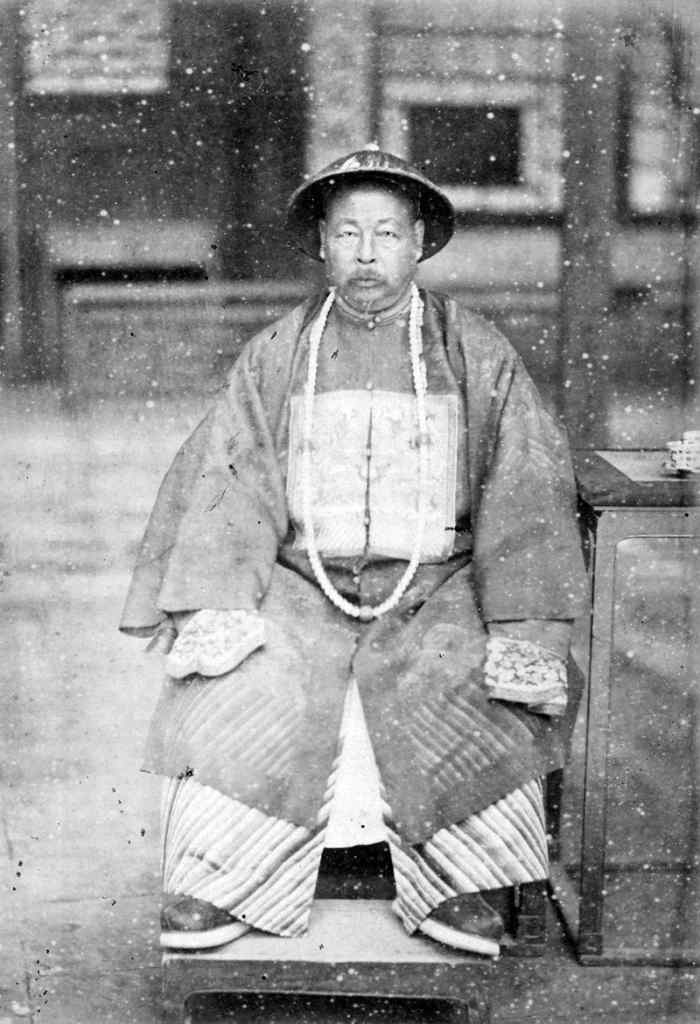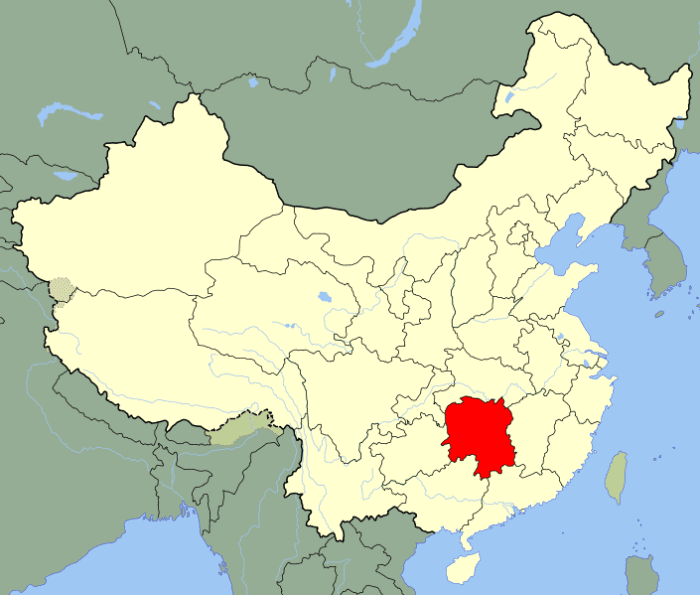The Story of General Tso’s Chicken
I've spent half a century (yikes) writing for radio and print—mostly print. I hope to be still tapping the keys as I take my last breath.
Have you ever been to a Chinese restaurant? Of course you have. Have you ever eaten the General Tso’s Chicken dish? Of course you have. Have you ever wondered where it came from? Of course you haven’t.
The Real General Tso
There actually was a General Tso. His real name was Zuo Zongtang, which was romanized into Tso Tsung-t’ang.
He was said to be a brilliant commander during the Taiping Rebellion (1850–1864). It was the bloodiest civil war in the history of the world, with the death toll estimated at 20 million on the low end and 100 million at the top.
“Ruthless” is a word that pops up in descriptions of the general. He condemned some of his captured enemies to the gruesome death of a thousand cuts.
Now, there’s something to put on your resume: “I was at least partially responsible for the death of millions. Though not in any way responsible for the creation of General Tso’s Chicken.”
What Is General Tso’s Chicken?
This is not a recipe. No definitely not. Chefdaddy on Allrecipes.com describes it as “A genuinely mouth-watering dish with an Asian kick that will knock your chopsticks off!”
Not surprisingly, the main ingredient is pieces of battered and deep-fried chicken; thigh meat with the skin still on is recommended. Blah until the sauce is added.
Garlic, red chilies, ginger, rice vinegar, soy sauce, and a whole bunch of other things go into the sauce. The fried chicken is plunged into the sauce and everything bubbles along for a while before being served over a bed of rice along with broccoli.
There are innumerable variations, but they all end up with a tangy sweet-and-sour flavour. There are also many spellings: Tsao, Tse, Gao, Tong, Tang, and others.
For the health-conscious, a standard serving of 100 grams (4 ounces) will typically contain:
- Calories: 1,300
- Saturated Fat: 11 grams
- Sodium: 3,200 mg
(Figures from the Nutritional Action Health Letter, April 2007)
That’s about half your daily calorie allowance, 70 to 80 percent of your fat allowance, and more than twice your sodium allowance. But the steamed broccoli is very good for you.
A Product of Hunan?
It’s said that General Tso’s Chicken is based on the cuisine of Hunan Province, the birthplace of the general himself. However, those who have travelled there and been suddenly overcome with a hankering for a taste of this dish say it can't be found anywhere in Hunan.
Fuchsia Dunlop lived in Hunan and says she scoured restaurants in vain and realized that “General Tso’s Chicken was somewhat alien to the local palate because Hunanese people have little interest in dishes that combine sweet and savory tastes.”
So, how did it come to be seen as the pinnacle of Hunanese cooking?
Blame It on Mao
In the chaos that followed the Chinese Civil War, Mao Zedong’s communist forces took control of all of mainland China. The remnants of the losing Nationalist side fled to their last redoubt of Taiwan, and among them was a chef called Peng Chang-kuei. He had been born into poverty in Hunan and had worked his way up in the culinary trade to be placed in charge of banquets for the Nationalist government.
In exile, he continued catering and inventing new dishes, one of which was General Tso’s Chicken, which was served in his restaurant in Taipei.
He developed it in the 1950s and said, “Originally the flavours of the dish were typically Hunanese — heavy, sour, hot, and salty.” He named it after General Tso, a revered hero in Hunan.
As time went by, the dish changed and sweetness was added to appeal to the palates of people outside Hunan.
Fuchsia Dunlop writes that “In 1973, Peng went to New York, where he opened his first eponymous restaurant on 44th Street.” This was the first taste New Yorkers had of Hunanese cooking and they liked it; they liked it a lot.
Dirty Work in the Culinary World
However, there are other claimants to the creation of the dish. T.T. Wang was a Manhattan chef working for Michael Tong, owner of New York’s Shun Lee Palace. Mr. Tong says it was the brilliant T.T. Wang who invented General Tso’s Chicken in 1972.
But, that story has some murky roots. Mr. Wang went to Taiwan and visited Peng Chang-kuei’s restaurant in Taipei in 1971. The implication is that he “borrowed” the dish (stealing is such as ugly word). Its origin was disguised at the Shun Lee Palace by giving it the name of General Ching’s Chicken.
So, when Chef Peng opened his restaurant in Manhattan in 1973, he was thought to have copied Wang’s recipe. Former U.S. Secretary of State Henry Kissinger frequently dined at Peng's restaurant, where he always ordered General Tso's Chicken. Media coverage of Mr. Kissinger's meals made the dish and its creator famous.
That’s one yarn about how the concoction came to be. There are others.
Eileen Yin-Fei Lo offers one of them. The Chinese-American chef and cookbook author says it’s a classic Hunan dish. In her 1999 book Chinese Kitchen, she says it’s called “chung ton gai,” a translation of which is “ancestor meeting place chicken.”
Peng Chang-kuei died in late 2016 at the age of 98 with the strongest claim to being the inventor of General Tso's Chicken.
Bonus Factoids
Ironically, several restaurants in Hunan are now serving the “traditional” General Tso’s Chicken.
Michael Browning, writing in The Washington Post notes that “Hunanese cuisine tends to build up inside you, like a slow charcoal fire, until you feel as though your belly is filled with burning coals.” Yum, yum.
Most authorities say General Tso’s Chicken did not exist until the 1950s at the earliest, so, because the general died in 1885, he could never have eaten it.
Sources
- “General Tsao’s Chicken II.” Allrecipes.com, undated.
- “Hunan Resources.” Fuchsia Dunlop, New York Times Magazine, February 4, 2007.
- “Who Was General Tso and Why Are We Eating His Chicken?” Kimberly Kohatsu, HuffPost, December 2, 2017.
- “The Definitive General Tso’s Chicken Page.” Eric A. Hochman, undated.
- “Who Was General Tso and Why Are We Eating His Chicken?” Michael Browning, The Washington Post, April 17, 2002.
© 2017 Rupert Taylor
Comments
Natalie Frank from Chicago, IL on May 16, 2018:
Your writing style is definitely entertaining. I couldn't help having a laugh or two escape which got me looks at the coffee shop I'm currently sitting in. Fitting something as basic as the name of a popular Chinese dish into the history of the area in determining where the name came from is fascinating and creative. Thanks for the article.
Kathy Henderson from Pa on December 28, 2017:
I love General Tso's and this article is very informative :)
Louise Powles from Norfolk, England on December 26, 2017:
Oh I've eaten that loads of times, so interesting to know the story behind it.




















